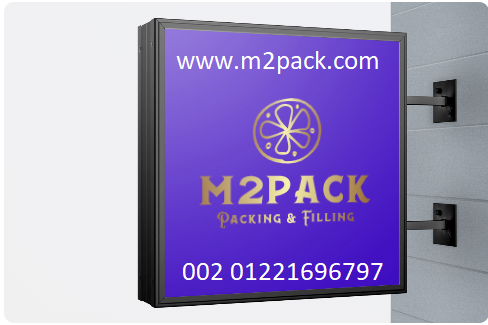AXIS SUEZ CANAL DEVELOPMENT

TEAM WORK
Mokhtar Hosni Akid Mohamed M. Ibabos
INTRODUCTION
The Egyptian future urbanism -which suite the accelerated population
growth-face a decisive problem, that 94% of Egyptian land is a barren
desert (GOPP, 2013, p. 9). Most of Egyptian future plans set Suez Canal
and Sinai as a contributing factor in solving the problem. Egyptian desert
development is a promising approach to mitigate severalEgyptian urban
problems such as overpopulated cities, decaying networks and difficulties
of providing adequate services and utilities. The Egyptian sustainable
development strategy plan intended to duplicate urban land area to reach
10:11% of total Egyptian land area by 2030 and re-distribute population
densities on the new urban plans (MOP, 2014, p. 55). City planners should
try to create applicable scenarios of these communities development. The
new established cities and communities need to compatible with sustainable
thinking. The sustainability defined as “providing for the needs of
the present without detracting from the ability to fulfill the needs of the
future” (ASHRAE, 2006, p. 5). Green thinking and sustainable concept
seek to have an integral vision of “how will be our future life?” through
integrated dimensions of ecology, economy and social aspects. Sustainable
design aims to find long-run solutions that warrant continuing human
existence and quality of life without affect global ecosystem and existence
on the planet (Jong-Jin,1998 , pp. 5-7). Physical dimensions of sustainable
urban form may include its size, shape and land-uses with urban
environment including densities, configuration, transportation system,
distribution of open space and urban design features (Jenks & Jones, 2010
pp. 1,2). Each item needs well-versed studies to reach proper characteristic
and feathers and to understand sustainable urban behavior. At architecture
scale, sustainable building is designed to achieve high performance, over the
full building life cycle through minimizing natural resource consumption,
emissions, negative impacts on site ecosystems and maximum quality of
indoor environment



